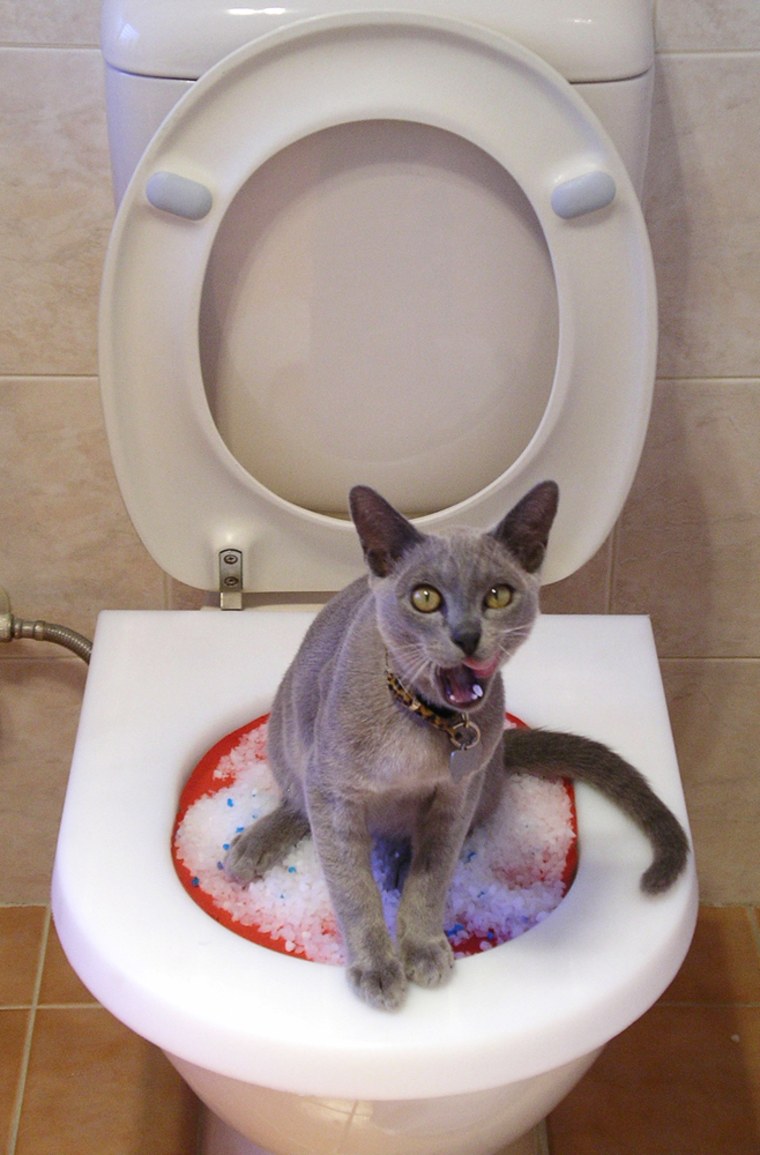Hazards of Flushing Cat Poop Down Your Toilet - Prevent Potential Problems
Hazards of Flushing Cat Poop Down Your Toilet - Prevent Potential Problems
Blog Article
What are your opinions on Don’t flush cat feces down the toilet?

Introduction
As pet cat proprietors, it's vital to bear in mind exactly how we throw away our feline good friends' waste. While it may appear hassle-free to flush cat poop down the toilet, this method can have harmful consequences for both the environment and human health and wellness.
Ecological Impact
Flushing pet cat poop presents dangerous virus and parasites into the water system, positioning a substantial threat to aquatic communities. These pollutants can negatively affect marine life and compromise water high quality.
Health and wellness Risks
Along with ecological problems, purging pet cat waste can likewise present wellness risks to people. Pet cat feces may contain Toxoplasma gondii, a bloodsucker that can trigger toxoplasmosis-- a potentially extreme disease, specifically for expecting females and people with damaged body immune systems.
Alternatives to Flushing
The good news is, there are safer and more liable ways to get rid of pet cat poop. Think about the following options:
1. Scoop and Dispose in Trash
The most typical method of disposing of feline poop is to scoop it right into a naturally degradable bag and toss it in the trash. Be sure to use a specialized clutter inside story and dispose of the waste immediately.
2. Usage Biodegradable Litter
Go with naturally degradable pet cat clutter made from materials such as corn or wheat. These trashes are eco-friendly and can be safely disposed of in the trash.
3. Bury in the Yard
If you have a yard, think about burying cat waste in a designated area away from vegetable yards and water sources. Be sure to dig deep enough to prevent contamination of groundwater.
4. Install a Pet Waste Disposal System
Invest in an animal waste disposal system specifically designed for cat waste. These systems make use of enzymes to break down the waste, reducing smell and ecological impact.
Verdict
Accountable pet dog ownership extends past supplying food and shelter-- it additionally involves correct waste administration. By avoiding flushing pet cat poop down the commode and opting for alternative disposal methods, we can reduce our environmental impact and safeguard human wellness.
Why Can’t I Flush Cat Poop?
It Spreads a Parasite
Cats are frequently infected with a parasite called toxoplasma gondii. The parasite causes an infection called toxoplasmosis. It is usually harmless to cats. The parasite only uses cat poop as a host for its eggs. Otherwise, the cat’s immune system usually keeps the infection at low enough levels to maintain its own health. But it does not stop the develop of eggs. These eggs are tiny and surprisingly tough. They may survive for a year before they begin to grow. But that’s the problem.
Our wastewater system is not designed to deal with toxoplasmosis eggs. Instead, most eggs will flush from your toilet into sewers and wastewater management plants. After the sewage is treated for many other harmful things in it, it is typically released into local rivers, lakes, or oceans. Here, the toxoplasmosis eggs can find new hosts, including starfish, crabs, otters, and many other wildlife. For many, this is a significant risk to their health. Toxoplasmosis can also end up infecting water sources that are important for agriculture, which means our deer, pigs, and sheep can get infected too.
Is There Risk to Humans?
There can be a risk to human life from flushing cat poop down the toilet. If you do so, the parasites from your cat’s poop can end up in shellfish, game animals, or livestock. If this meat is then served raw or undercooked, the people who eat it can get sick.
In fact, according to the CDC, 40 million people in the United States are infected with toxoplasma gondii. They get it from exposure to infected seafood, or from some kind of cat poop contamination, like drinking from a stream that is contaminated or touching anything that has come into contact with cat poop. That includes just cleaning a cat litter box.
Most people who get infected with these parasites will not develop any symptoms. However, for pregnant women or for those with compromised immune systems, the parasite can cause severe health problems.
How to Handle Cat Poop
The best way to handle cat poop is actually to clean the box more often. The eggs that the parasite sheds will not become active until one to five days after the cat poops. That means that if you clean daily, you’re much less likely to come into direct contact with infectious eggs.
That said, always dispose of cat poop in the garbage and not down the toilet. Wash your hands before and after you clean the litter box, and bring the bag of poop right outside to your garbage bins.
https://trenchlesssolutionsusa.com/why-cant-i-flush-cat-poop/

Do you appreciate reading about How to Dispose of Cat Poop and Litter Without Plastic Bags? Try to leave feedback down below. We'd be pleased to hear your thoughts about this blog posting. We hope that you visit us again later on. Sharing is good. Helping people is fun. Bless you for your time. Don't forget to visit our site back soon.
Rates Report this page